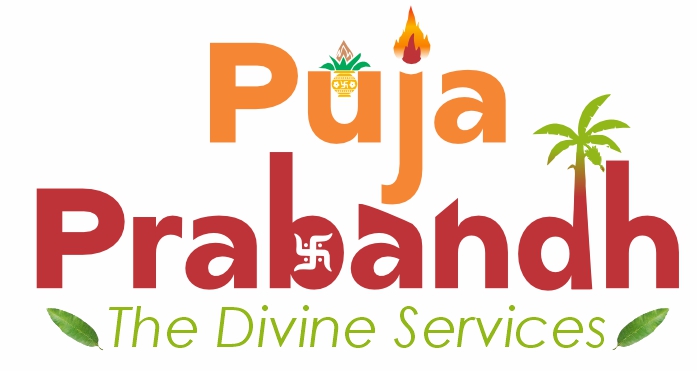The Mahaganapathy Homam is a powerful and auspicious Vedic ritual dedicated to Lord Ganesha, particularly in his form as Mahaganapathy—the supreme, magnified form of Ganesha. This homam holds great spiritual and cultural significance, especially in Kerala, where temple rituals and Vedic traditions are deeply embedded in daily life.
Significance of Mahaganapathy Homam in Kerala
- Obstacle Removal (Vighna Nivarana)
- Lord Ganesha is known as the remover of obstacles (Vighnaharta). Mahaganapathy Homam is often performed before embarking on new ventures such as house construction, business beginnings, marriages, or exams.
- In Kerala, it is customary to invoke Ganesha before major events to ensure a smooth and successful journey.
- Blessings for Auspicious Beginnings
- The ritual is believed to bring success, prosperity, and positive energy.
- Many people in Kerala perform this homam during the Chingam month (first month of the Malayalam calendar) to mark a fresh start to the year with divine blessings.
- Cleansing of Karma and Negative Energies
- The fire ritual is said to purify the environment and the minds of the participants. It removes doshas (flaws or negative karmic imprints), which is a major aspect of traditional beliefs in Kerala.
- Strong Temple Tradition
- Kerala is known for its Tantric and Vedic temple practices, and homams are a key part of those rituals. Temples like Attukal Bhagavathy Temple, Guruvayur, and Sree Padmanabhaswamy Temple often conduct Ganapathy homams as part of daily or festival offerings.
- Astrological Remedies
- Many people in Kerala follow Jyotisha (Vedic astrology) closely. Mahaganapathy Homam is often recommended by astrologers to pacify malefic planetary effects or during Maha doshas like Ketu dosha, Rahu dosha, or to avert Sani (Saturn) troubles.
- Community and Family Welfare
- Performed both individually and communally, this homam is also meant for the well-being of the family or society. It strengthens familial harmony and invites prosperity to the household.
How the Ritual Is Performed
- The homam involves Vedic chanting, offerings into the sacred fire, and special poojas to Lord Ganesha.
- Offerings such as modakam (sweet dumplings), durva grass, and coconuts are significant.
- It is usually led by experienced Vedic scholars or Thantris (Kerala temple priests with Tantric knowledge).
In Summary
Mahaganapathy Homam in Kerala is more than a religious practice—it’s a culturally rooted way to seek divine blessings for new endeavors, spiritual growth, and removal of life’s difficulties. Its performance reflects the deep faith in Ganesha’s protective and blessing-giving nature, making it a vital part of Kerala’s spiritual heritage.

